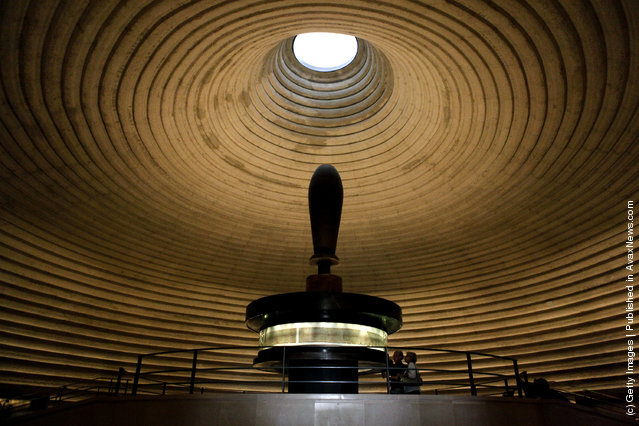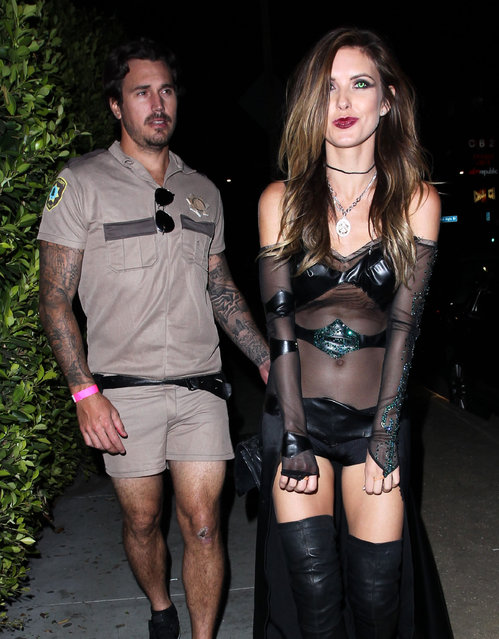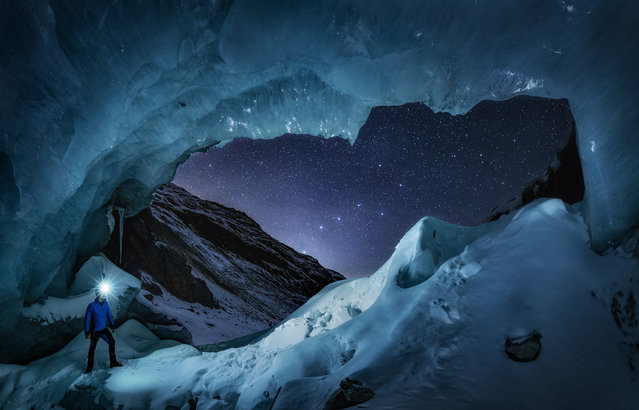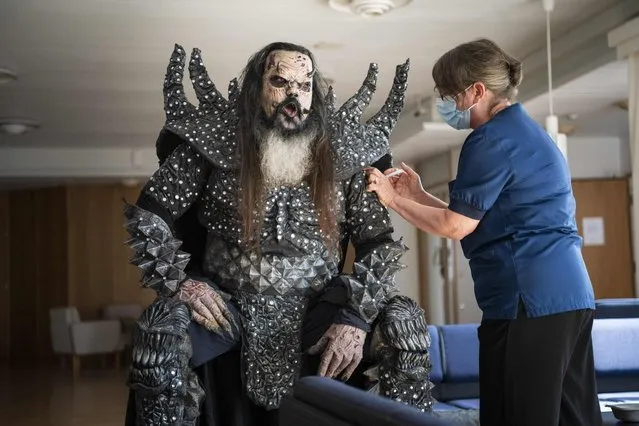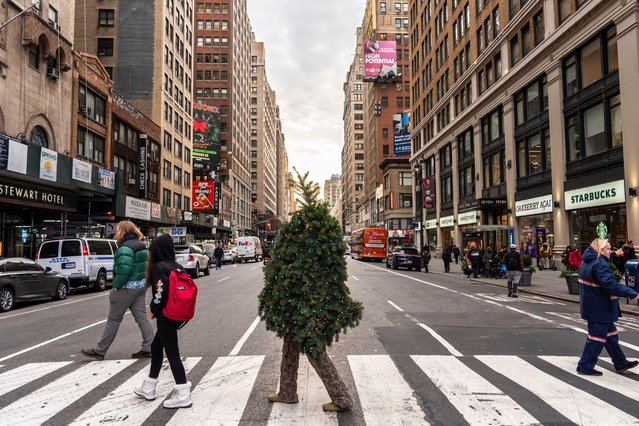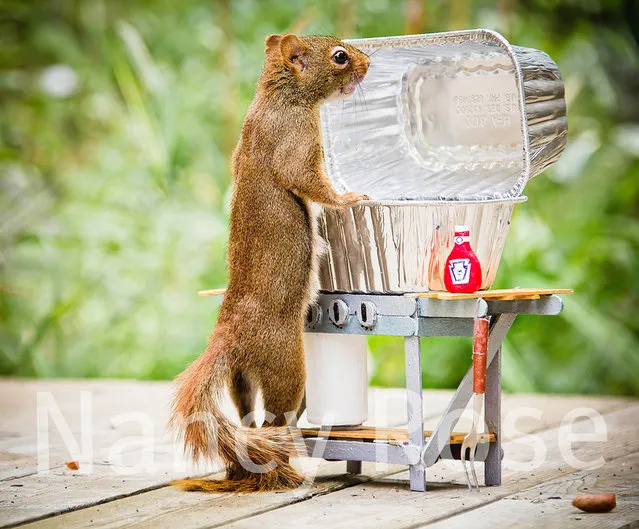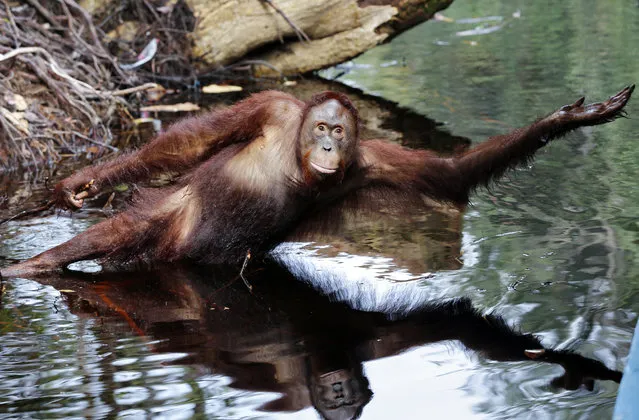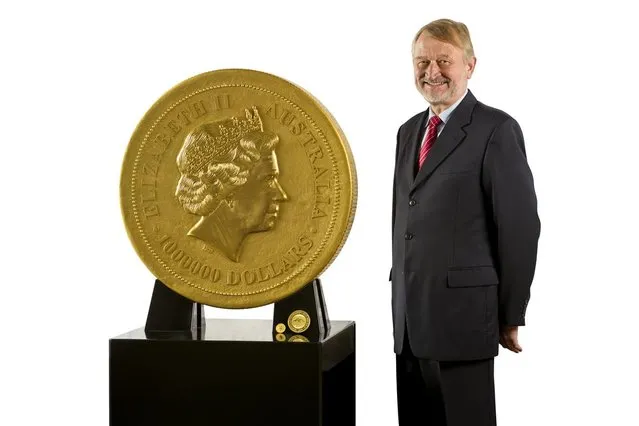
The first Australian Kangaroo gold coin issued by The Perth Mint in 1989 featured an iconic bounding Red Kangaroo. Designed by Dr Stuart Devlin AO CMG, goldsmith and jeweller to Her Majesty Queen Elizabeth II, this classic creation has since been featured on the kilo release each year in the highly sought-after bullion series.
31 Aug 2014 15:21:00,post received
0 comments

